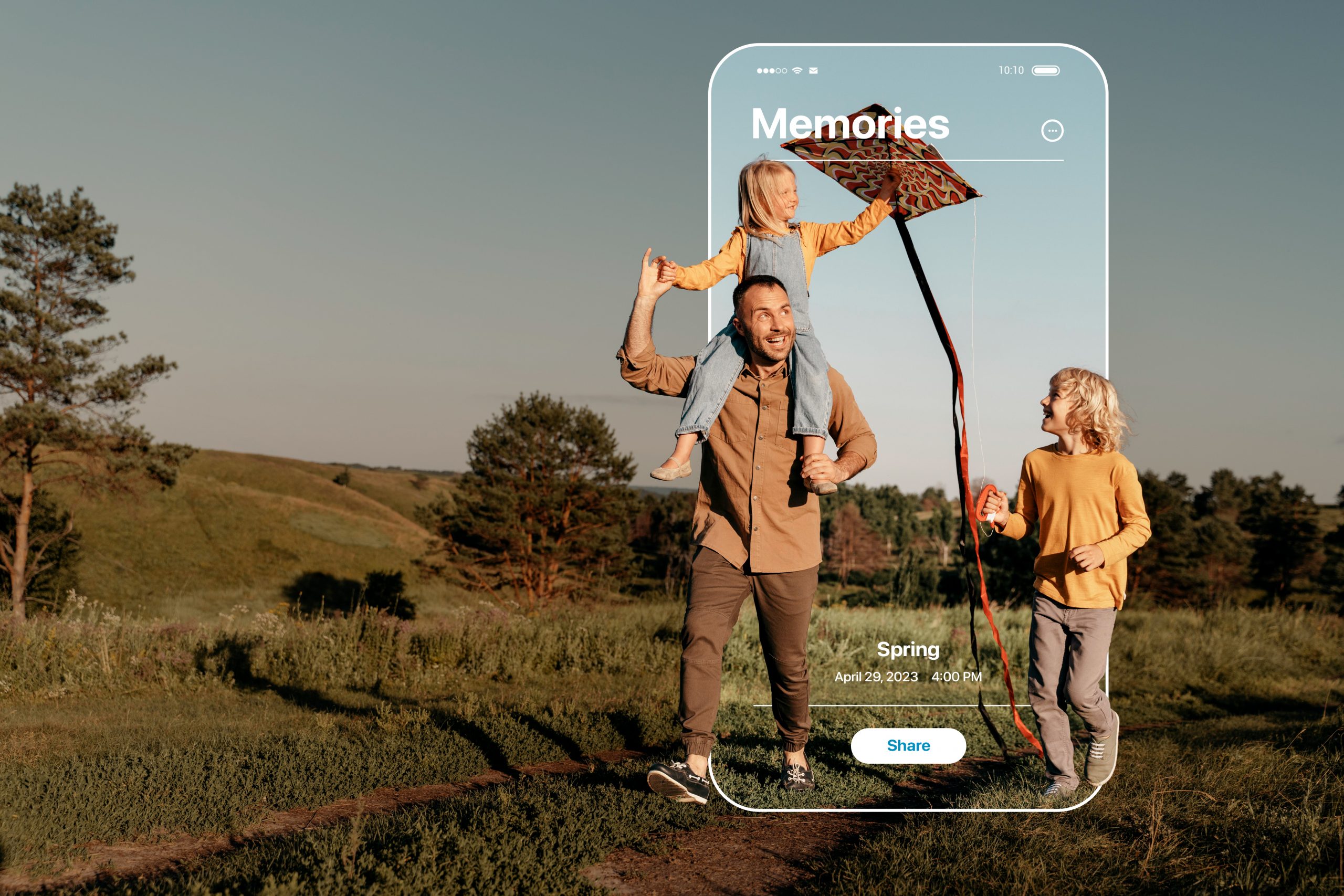Generative AI can produce high quality texts, photos and even videos thanks to a variety of models released within the last few years. Generative Pre-Trained models can be used through a service like chat-GPT or directly in your chosen machine, like Llama-2. This makes content creation very flexible: services are great for prototyping, easy to use, and cost control, whereas models are very customizable, expansible, and cheaper at scale.
With all these ingredients we can cook great content for different media, platforms, and styles; however, generating content is only the first step, since a great content generation strategy must consider target audiences as well as their interests and needs. Let’s explore various technologies to generate content and some ways to adapt our message to different audiences.

The travel world
As it happens in many other disciplines, context is important. In fact, most of the tasks that generative AI perform today are context centric. Nevertheless, content in the travel industry has its own peculiarities that we must know if we want to generate the good stuff.
When talking about trips we can think of several phases: inspirational, pre-trip, in destiny and after-trip. The inspirational part takes place before you have decided where to go or what to do somewhere. The pre-trip phase is also important since you need to make sure that you have all the documents and conditions to enter a foreign country and you need to plan what to do and visit during your stay. Once you are at a destination, you are often more interested in specifics like how to get somewhere, opening hours, weather, etc. Once the trip is done and you are back home, you most likely want to share your memories, impressions, and anecdotes with other people.
Today, we are going to focus on the inspirational phase, a much more emotional stage in which content needs to be appealing to inspire and delight travelers. However, to create good content, we need to know what moves travelers in general and our target persona in particular. Personalized narratives are obtained by analyzing data and user behavior patterns and AI can construct narratives that reflect the experiences and adventures on a destination that match those patterns, not only from an informative perspective, but also from an aspirational one, encouraging travelers to explore unknown places or to address familiar destinations from a fresh and exciting perspective.
Learning about destinations
AI can generate rich descriptions of places, offering an immersive preview of what travelers can expect. These descriptions can include details about local culture, history, geography, and points of interest, providing a deeper understanding than what a simple photograph can convey.
Pre-trained models know a lot about destinations since they were trained with them: this is why chat-GPT knows places and travel attractions in Rome, Dall-E offers good pictures of Paris or Llama2 can guide travelers through Berlin. Nevertheless, we need far more data about a destination than a detailed description and some pictures, we also need structured live data to produce good content.
Destinations are alive, and they have events happening all the time: from concerts to job fairs, parades or local gastronomy, destinations are more than monuments and points of interest, and this information should be accessible to our model to provide relevant content. In fact, we should be including not only experiences and activities, but also other live data like flight prices or regulations that might be interesting for travelers as well.
Structured data completes and enriches information and may include coordinates of places, addresses, prices, opening hours and more. A very interesting information are categories and tags: they tell us if an event is about music, family oriented or wheelchair accessible; but also, if a restaurant serves Italian food, or if a city is LGBT friendly. Besides, they make excellent filters in applications too!
Nevertheless, text is unstructured and generative models are not very good or cost-effective at classification tasks or dealing with geolocated information. This is why, in order to produce great enriched content, you need other models like classification models in your system. Therefore, when considering live data or structured data, it is necessary to use different tools and AI models to provide cost-efficient quality content.
Learning about travelers
Different travelers enjoy different content. Some travelers prefer text to pictures and others focus on the visual appeal and aesthetics more than in the historic or cultural background; there are also travelers looking for family experiences and others have a tight budget. It is important that our content is useful for different types of travelers and the best way to do that is to offer tailored or personalized content.
Tailored content works on many different levels. The first level may be content that is interesting to most travelers, e.g., using a top 10 popular destinations model instead of showing individual random destinations on your blog. The second level has audience targeted content, that is to say, if your content can be filtered by categories like “Kids & Family” or “low budget”. The third level of tailored content considers particular travelers, for instance a custom recommendation for a recurrent user of a social network.
Creating great experiences with content

The world of custom recommendations is very interesting, but it falls out of the scope of this article, however, let’s consider an example. To make a custom recommendation, we can see the behavior of a user (as in browsing patterns and bio) and group similar users together. The system will recommend experiences based on the ones enjoyed by other similar users, e.g., if 10 users have enjoyed and rate highly various musical productions, and 8 of those users enjoy a new musical, the system will recommend it to the remaining 2. And yes, this can be nicely done using AI, although generative AI is not the most appropriate to deliver this task.
Another way to personalize content for travelers is to focus on their trips. In this example, the system has to follow the different phases of a trip and offer different content depending on the stage. If a traveler has been browsing destinations with snow and ski resorts for a while, we should offer similar content to provide new options and inspiration. But if the traveler has already decided where to go, we should provide information about required documentation to travel there or the weather condition.
We can make content as easy as writing a request in chat-GPT, but great content requires a more sophisticated approach. Notice that we focused on personalization and usefulness, but we didn’t talk about other considerations like accessibility, SEO, etc. Making great content is complex and takes a fair amount of effort.
If we want to provide great content to travelers, then we must know the kind of experiences they are looking for and what experiences are available in multiple destinations. We should know in what stage of their trip the traveler is, and we have to use technology to enrich, standardize and relate useful information.
Generative AI is only the beginning of the trip.






